On May 21, Dr. Pham Minh Huy, Department of Emergency Resuscitation, Cho Ray Hospital (HCMC) said that after 2 days of intensive treatment, the health of patient T. with rhabdomyolysis syndrome (rhabdomyolysis) requiring acute kidney dialysis due to heavy exercise while running a marathon has shown positive changes.
Previously, at 5:54 p.m. on May 19, patient T. was admitted to the Emergency Department of Cho Ray Hospital in a state of drowsiness, restlessness, convulsions, breathing oxygen through a trachea, and urinating dark brown urine. After taking a medical history and consulting, the patient was transferred to the Emergency Resuscitation Department of Cho Ray Hospital for treatment.
Initially, the patient was treated with fluid replacement, urine alkalinization, anticonvulsants, and slow CRRT dialysis.
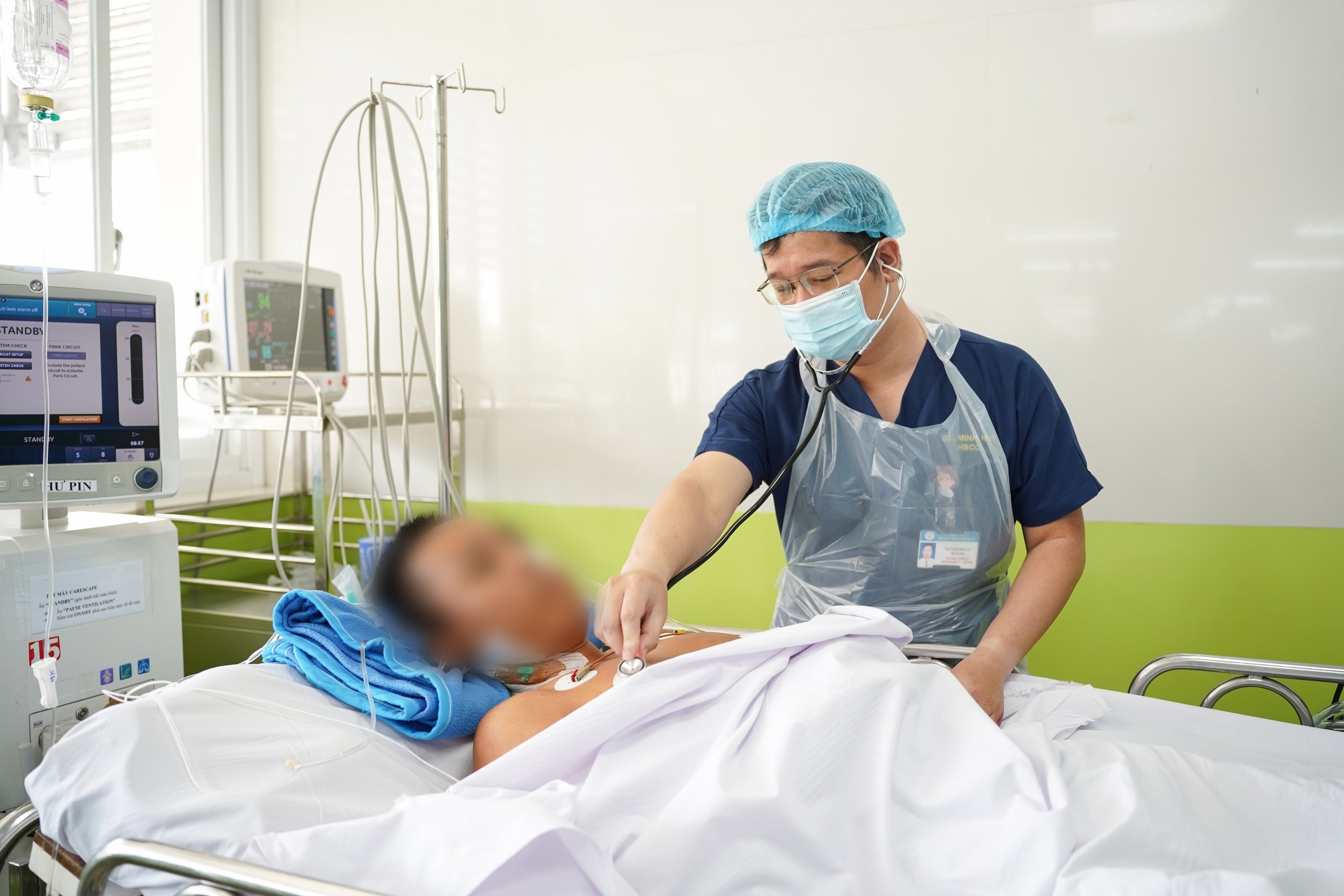
Doctor checks patient's health
"As of today, the patient is awake, no longer having convulsions, can eat and drink on his own, vital signs are stable, pulse is about 60 times/minute, blood pressure is 110/70, however, the patient's kidney function has not recovered and is still undergoing dialysis. The patient will continue to be monitored for another 2-3 days for the kidney function to stabilize and will be transferred to the Nephrology Department for further monitoring before being discharged from the hospital," said Dr. Huy.
Through cases of rhabdomyolysis syndrome due to heavy exercise, Dr. Huy recommends that when exercising and training, people should pay attention to exercise slowly and gradually increase the intensity. Do not exercise too hard at once, which can easily lead to rhabdomyolysis syndrome. There are 3 important factors that can easily lead to the effect of skeletal muscle such as prolonged exercise, high-intensity exercise, and exercise in hot environments.
"If any of the above 3 factors are present, the practitioner should be careful and must replenish fluids, electrolytes and nutrients during exercise. When there are symptoms of rhabdomyolysis such as being too tired, too tired to lift the arms and legs, and especially dark urine (like the color of sarsaparilla), one should go to a medical facility for timely examination and treatment," Dr. Huy advised.
Source: https://thanhnien.vn/nam-thanh-nien-bi-tieu-co-van-phai-loc-than-sau-khi-chay-marathon-185240521150634192.htm


![[Photo] Ministry of Defense sees off relief forces to the airport to Myanmar for mission](https://vstatic.vietnam.vn/vietnam/resource/IMAGE/2025/3/30/245629fab9d644fd909ecd67f1749123)
![[Photo] Prime Minister Pham Minh Chinh receives delegation of leaders of US universities](https://vstatic.vietnam.vn/vietnam/resource/IMAGE/2025/3/31/8be7f6be90624512b385fd1690124eaa)
![[Photo] 2nd Conference of the Party Executive Committee of Central Party Agencies](https://vstatic.vietnam.vn/vietnam/resource/IMAGE/2025/3/31/8f85b88962b34701ac511682b09b1e0d)













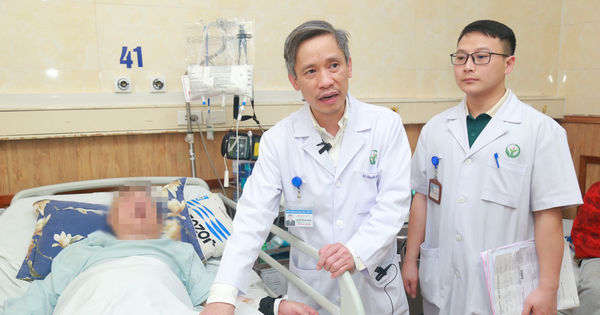
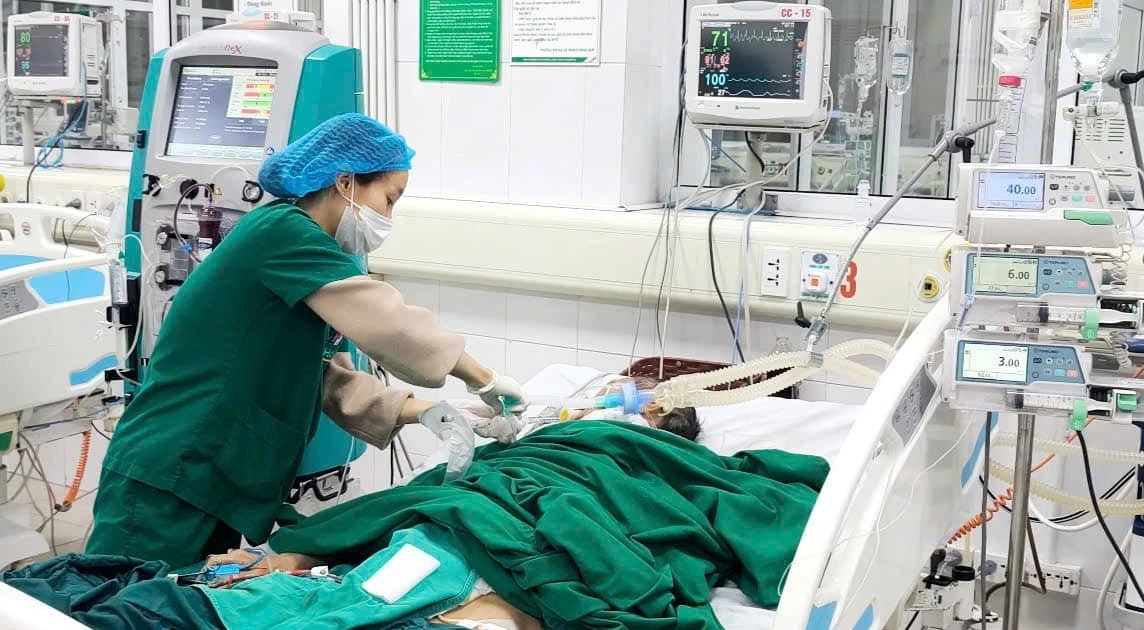






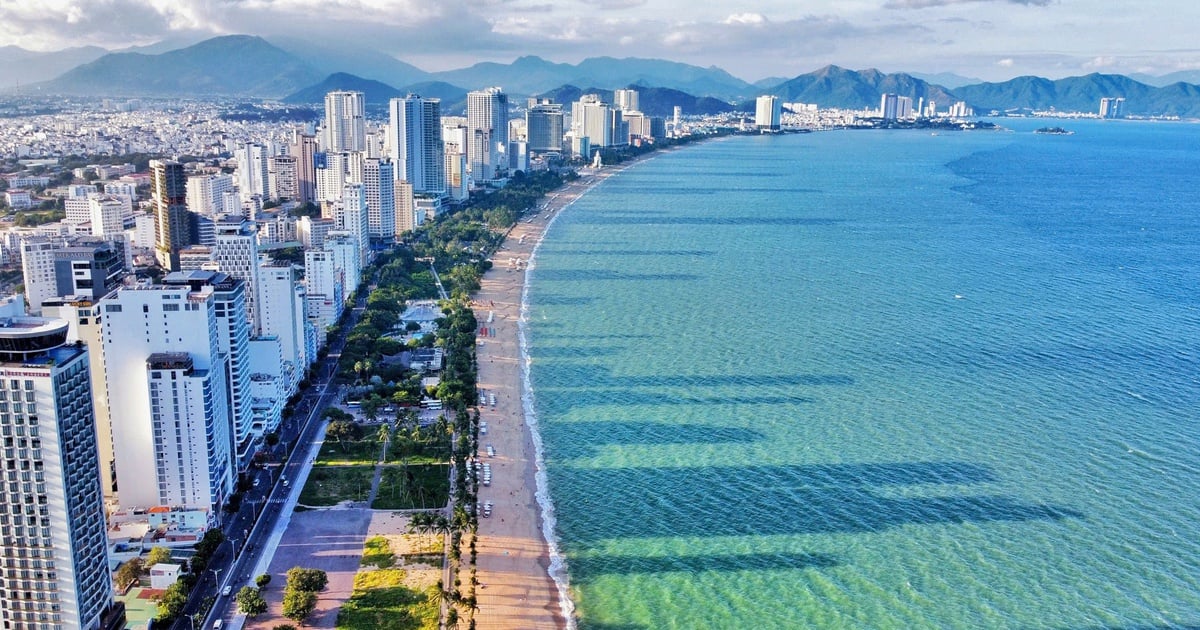


































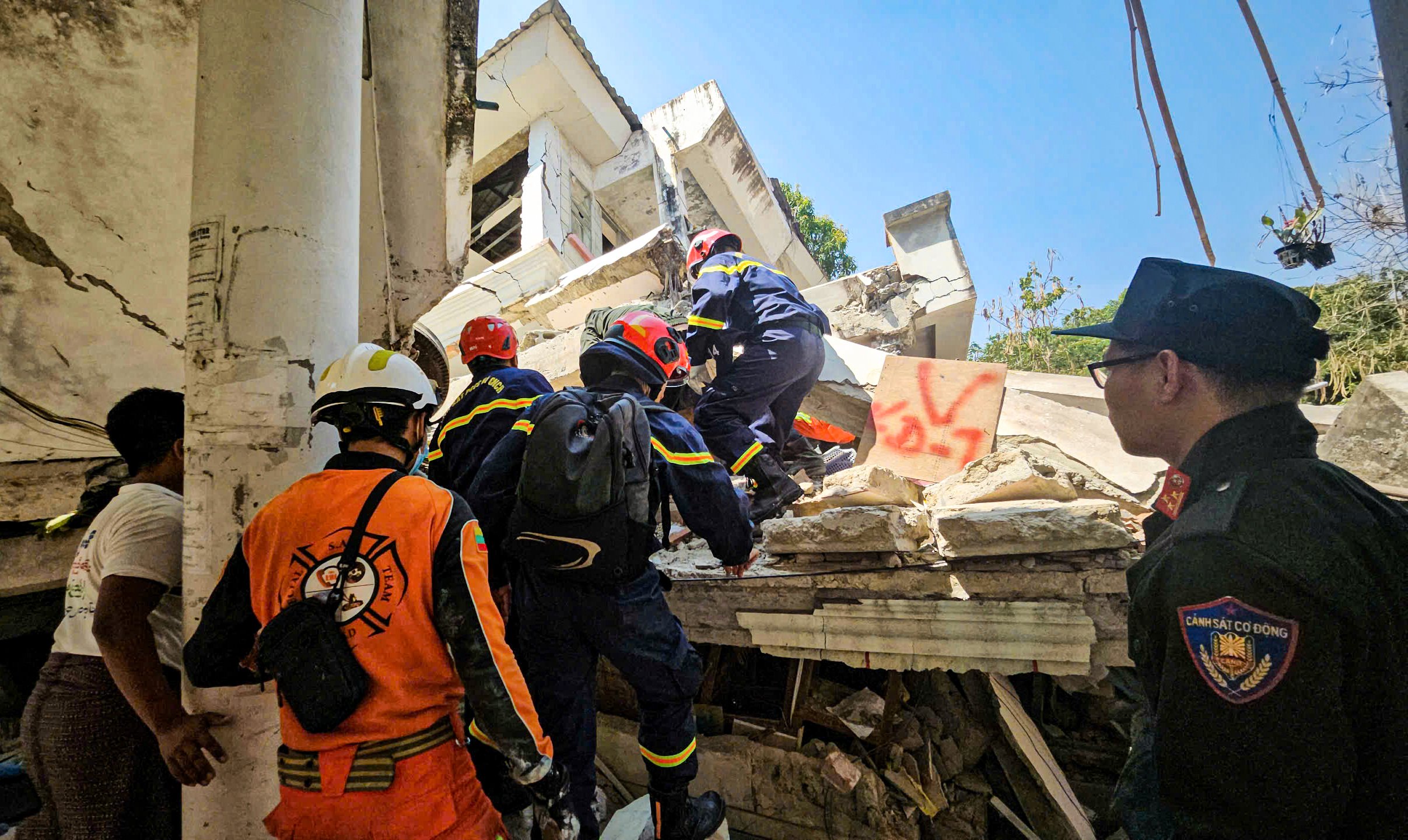










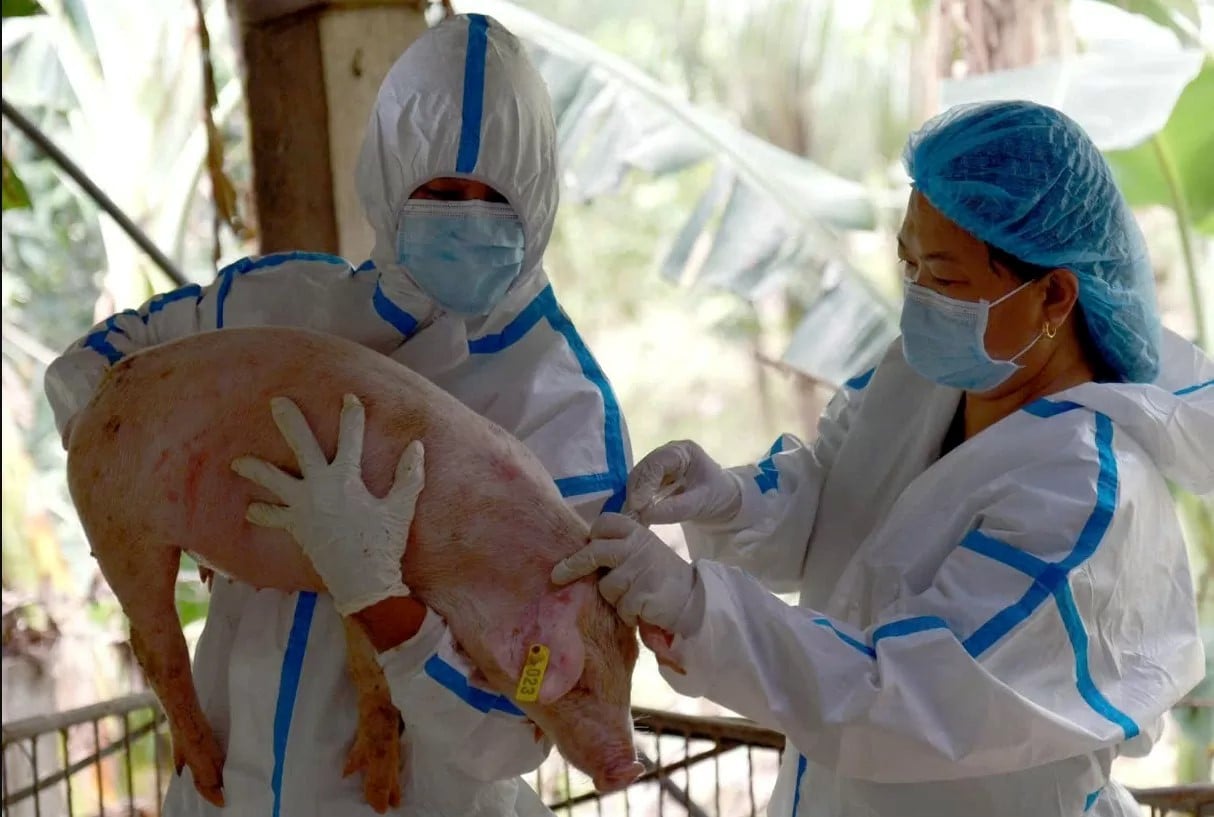




















![[REVIEW OCOP] An Lanh Huong Vet Yen Cat](https://vstatic.vietnam.vn/vietnam/resource/IMAGE/2025/3/27/c25032328e9a47be9991d5be7c0cad8c)



Comment (0)